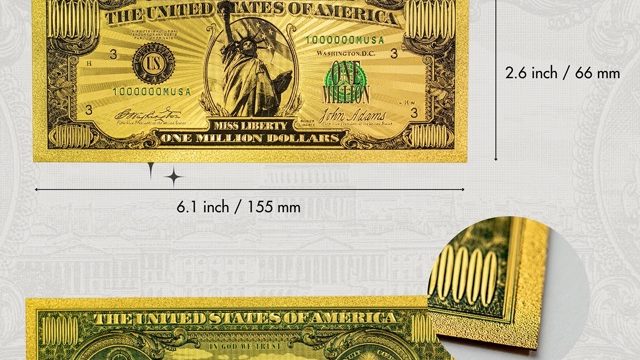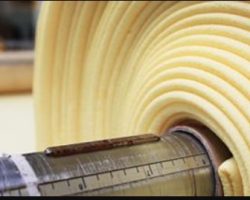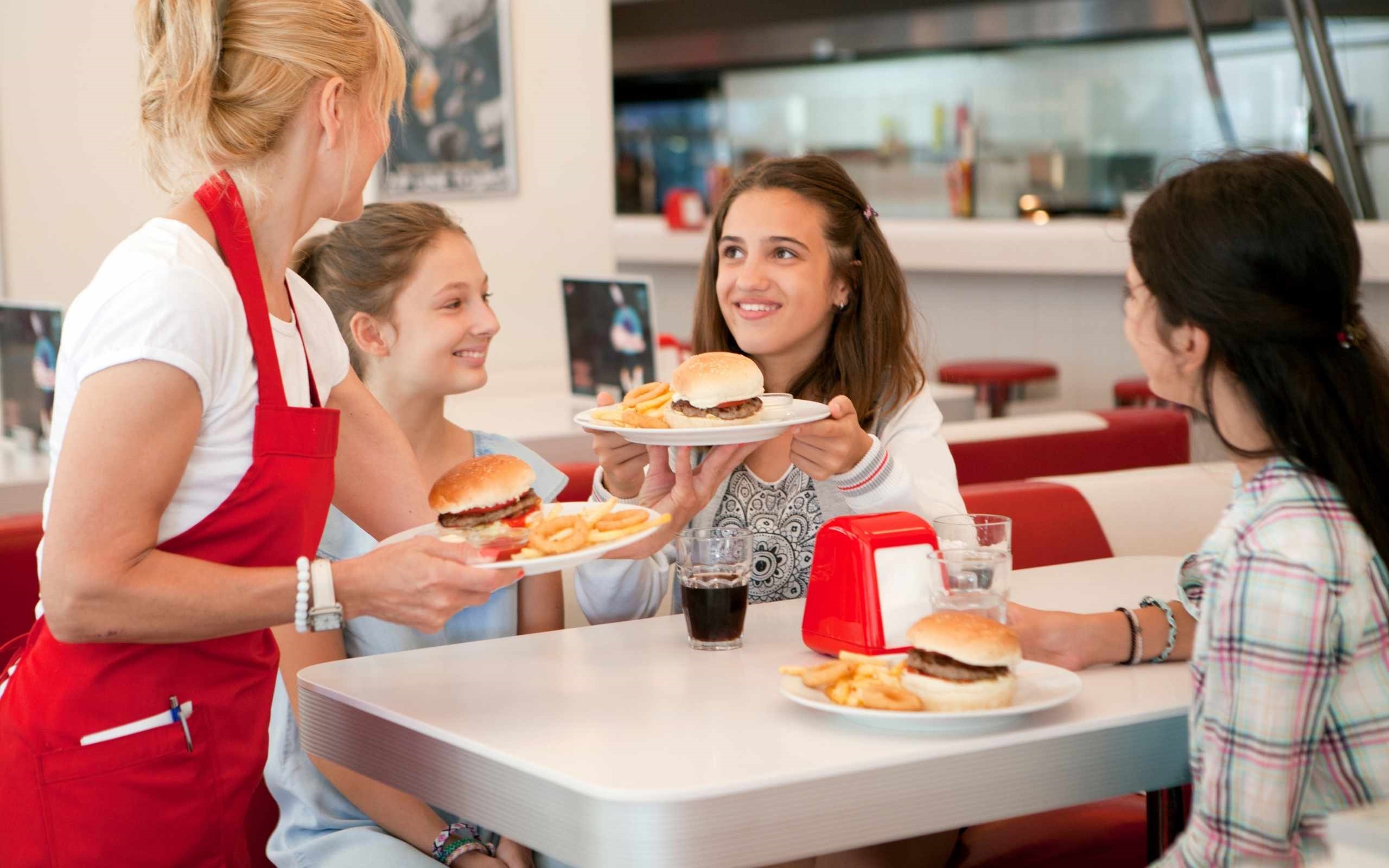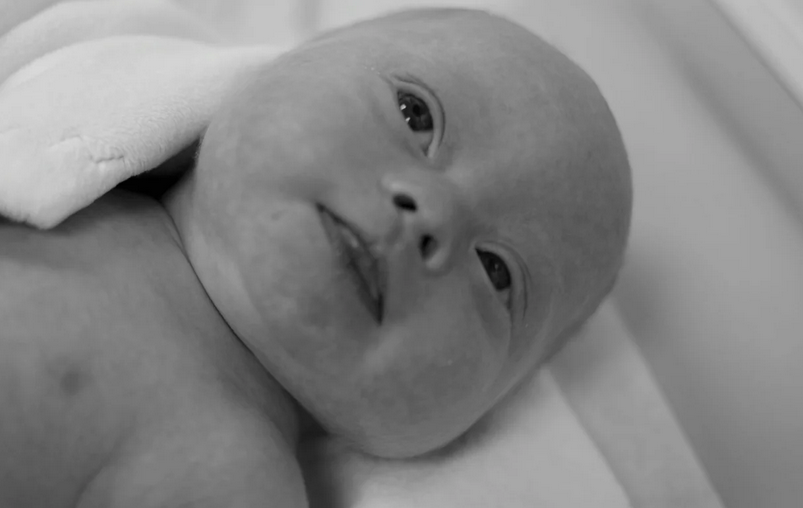Are you ready to take your product photography to the next level? In this article, we will guide you through the art of capturing stunning product photos that will not only attract customers but also increase your sales. Whether you are a beginner or an experienced photographer, mastering product photography in England requires a combination of techniques, equipment, and tips that we are about to unveil.
First and foremost, let’s talk about the importance of lighting in product photography. Lighting plays a crucial role in enhancing the features and details of your products. Whether you choose natural light or opt for artificial lighting options, understanding how to create the perfect lighting conditions is essential. With the right setup, you can create a captivating atmosphere that will make your products shine.

Next, let’s delve into the art of composition and styling. The way you arrange your products, choose backgrounds, and present them in your images can make a significant impact on the overall appeal. By exploring different composition techniques and experimenting with styling, you can create visually appealing images that showcase your products in the best possible way. Remember, the goal is to make your products stand out and capture the attention of potential customers.

We also recommend you to review these pages: product photographer uk, product photography uk, product photographer england
So, whether you are photographing fashion items, food products, or any other merchandise, mastering the art of product photography in England is a valuable skill that can elevate your business. Stay tuned as we dive deeper into the techniques, equipment, and tips that will help you capture stunning product photos and take your business to new heights.
Choosing the Right Lighting
Choosing the right lighting is crucial in product photography as it can greatly impact the overall quality and appeal of your images. The right lighting setup can enhance the details, colors, and textures of your products, making them more enticing to potential customers.
When it comes to lighting options, you have two main choices: natural light and artificial lighting. Natural light can create a soft and natural look, especially if you shoot near a window or outdoors. However, it can be unpredictable and may vary throughout the day, affecting the consistency of your photos. Artificial lighting, on the other hand, provides more control and consistency. You can use continuous lighting or strobe lighting, depending on your preferences and the type of products you are photographing.

Regardless of the lighting option you choose, it’s important to consider the direction, intensity, and temperature of the light. The direction of the light can create different shadows and highlights, adding depth and dimension to your images. The intensity of the light can be adjusted to create the desired level of brightness and contrast. The temperature of the light, measured in Kelvin, can affect the color temperature of your photos. For example, warmer temperatures create a cozy and inviting atmosphere, while cooler temperatures give a clean and modern look.
To create the perfect lighting conditions for your products, you may need to experiment with different setups and techniques. Consider using reflectors or diffusers to control the light and minimize harsh shadows. Use lightboxes or softboxes to create a soft and even light. Don’t be afraid to play around with different lighting angles and positions to achieve the desired effect.

Remember, the right lighting can make a significant difference in the quality of your product photos. By understanding the importance of lighting and choosing the right setup for your shots, you can capture stunning images that will attract customers and increase sales.
Composition and Styling
When it comes to product photography, composition and styling play a crucial role in capturing visually appealing images that showcase your products in the best possible way. The way you arrange your products and choose the right backgrounds can make a significant difference in the overall impact of your photographs.
To start with, consider the composition of your shot. Think about how you want to showcase your product and what elements you want to include in the frame. Experiment with different angles and perspectives to find the most flattering and engaging composition.
Next, pay attention to the styling of your products. This involves choosing the right props, accessories, and backgrounds that complement your products and enhance their appeal. Consider the color scheme, textures, and overall aesthetic that align with your brand and product identity.

Creating a cohesive and visually pleasing image involves careful attention to detail. Use props sparingly and strategically to avoid overwhelming the focus on your product. Experiment with different backgrounds to find the one that best highlights your product’s features and creates a desired mood.
Remember, the goal is to create images that captivate your audience and make them want to engage with your products. By mastering the art of composition and styling in product photography, you can elevate your images and attract more customers, ultimately boosting your sales.
When it comes to product photography, lighting plays a crucial role in capturing the essence and beauty of your products. The right lighting setup can make all the difference in creating stunning images that attract customers and increase sales.

There are two main types of lighting options to consider: natural light and artificial lighting. Natural light can provide a soft and diffused look, perfect for highlighting the details and textures of your products. To make the most of natural light, position your products near a window or shoot outdoors during the golden hour.
On the other hand, artificial lighting offers more control over the lighting conditions. You can use studio lights, such as softboxes or strobes, to create a well-lit environment for your product photography. Experiment with different lighting setups to find the perfect balance of light and shadow that enhances the features of your products.
Additionally, consider using reflectors and diffusers to manipulate the light and create the desired effect. Reflectors bounce the light back onto the subject, while diffusers soften and spread the light for a more even and flattering look.
Remember, the key is to experiment and find the lighting setup that best suits your products and brand aesthetic. By mastering the art of lighting, you can elevate your product photography and make your products shine.





